 |
The International Space Station (ISS) moves fast. Very fast. The modular space station has an orbital speed of 7.66 kilometers per second, which is roughly 17,100 mph. It takes the ISS a mere 92.68 minutes to orbit Earth, meaning it goes around Earth nearly 16 times per day. It’s hard to conceptualize that amount of speed, but French astronaut Thomas Pesquet is aboard the ISS now and wanted to help those of us on terra firma understand the speed at which the ISS moves.
Pesquet has been experimenting with different photographic techniques to show the ISS’s speed. He recently shared an image shot with a 30-second exposure that shows ISS stationary in the frame while the Earth’s surface streaks behind in the background.
A picture from some tryouts of a photo technique I’ve been experimenting with. It gives the impression of the speed we fly at (28 800 km/h!). This image is one 30-second exposure of Earth at night. The trails you see are stars, and city lights. More to come! ?? #MissionAlpha pic.twitter.com/h2GJScy6mk
— Thomas Pesquet (@Thom_astro) June 13, 2021
During the 30 second exposure, the ISS traveled about 235km. Despite the speed of the space station, Pesquet says that the crew doesn’t have the impression of moving that quickly due to the orbital path’s distance from Earth. The ISS perigee altitude is 418km (259.7mi) and its apogee altitude is 422km (262.2mi).
With the ISS orbiting Earth so many times during the day, there are numerous opportunities to spot the station as it orbits Earth. NASA has set up a dedicated alert system (https://spotthestation.nasa.gov) to let you know when the ISS is passing overhead. You can view the ISS with the naked eye, no need for a telescope.
Pesquet is very active aboard the ISS and regularly posts new photos on Twitter. You can also stay to date with all the activities on the ISS on Twitter. NASA regularly posts videos from the ISS on YouTube.
Articles: Digital Photography Review (dpreview.com)









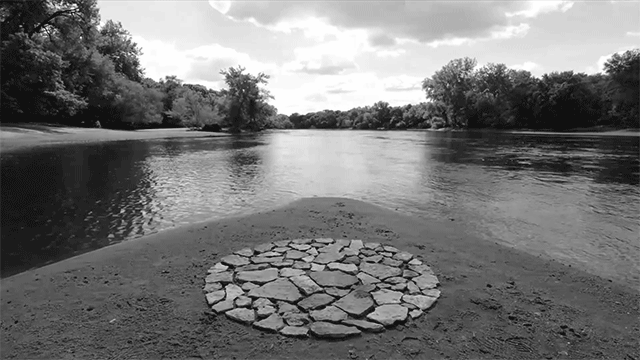















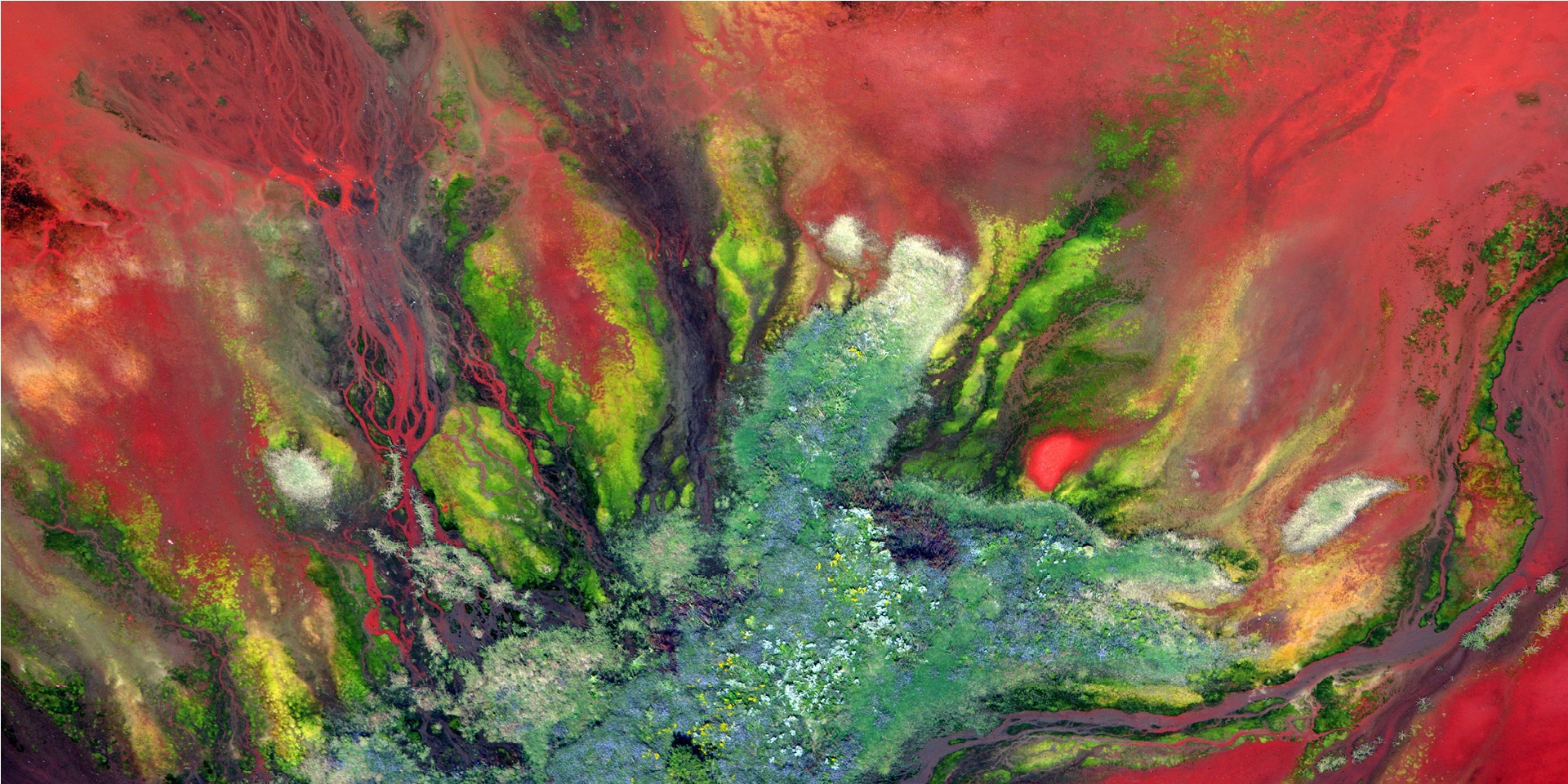


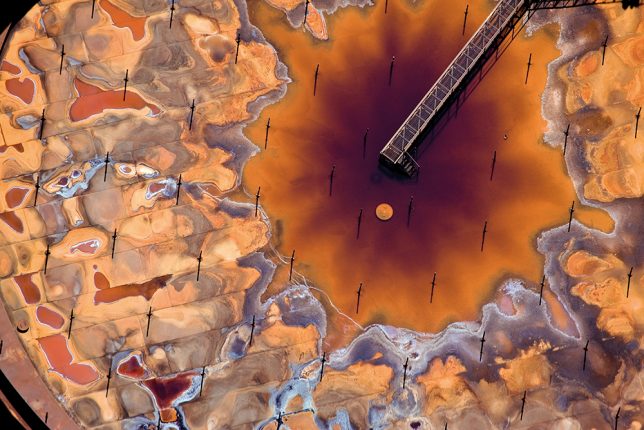
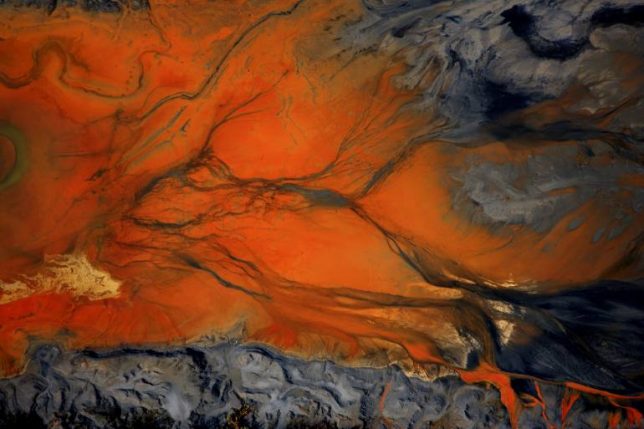
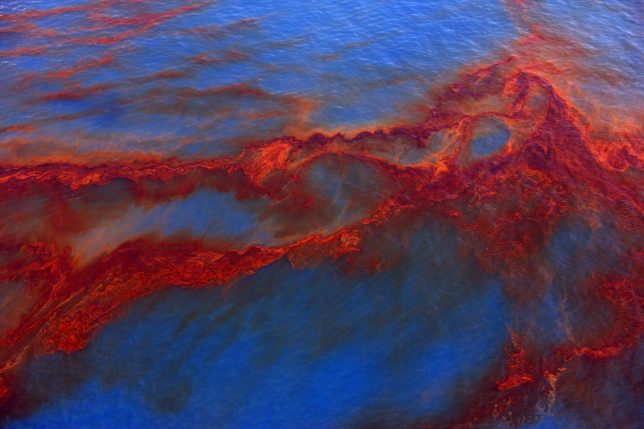





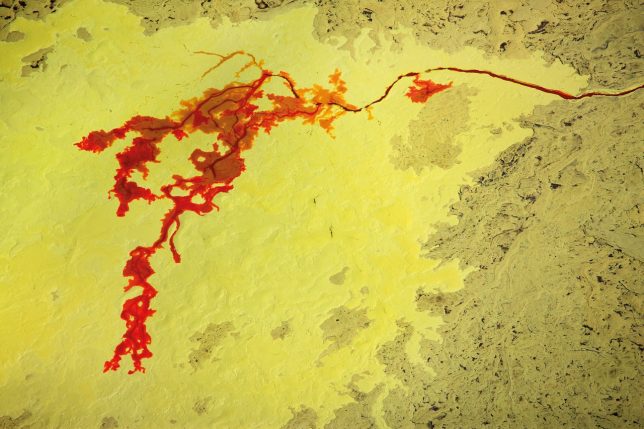
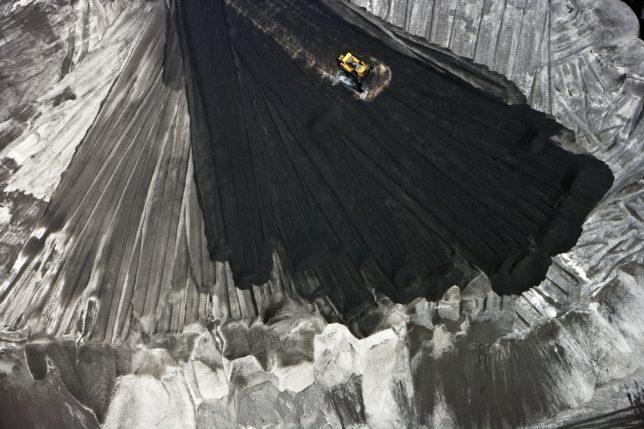
You must be logged in to post a comment.